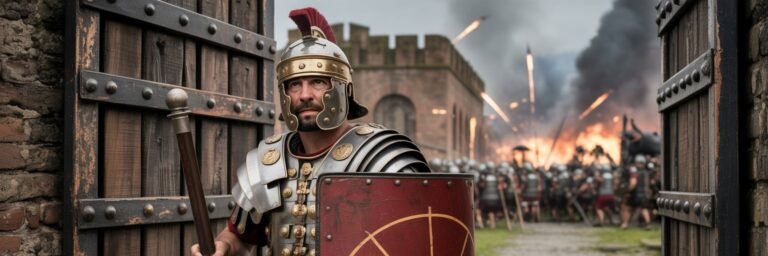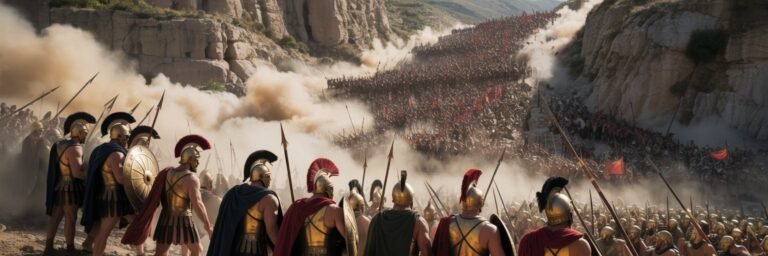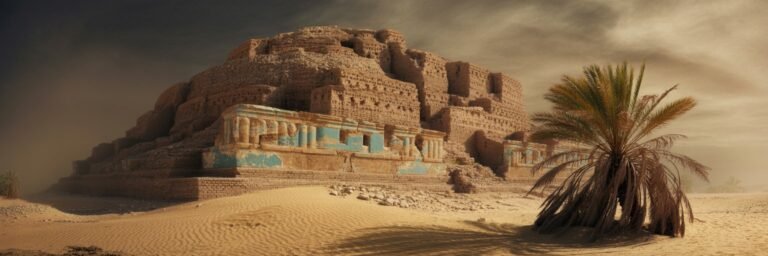INTRODUCTION
The great tapestry of human history is weaved together with a tangle of various threads. From the intricate designs of ancient civilizations to the broad strokes of modern societies, human history is a rich, complex pattern of triumphs and trials. Why, though, should we care about these ancient civilizations? Why do the stories of people who lived and died millennia ago matter in our modern world?
A common saying insists, ‘history repeats itself.’ But, in truth, history does not repeat – rather, it rhymes. The events, triumphs, and disasters of the past echo in our present and foreshadow our future. By looking back with keen interest at those who have come before us, we gain wisdom and perspective to navigate the turbulent waters of the present and the unknown seas of the future.
HISTORICAL BACKGROUND
Cities are the heartbeat of civilization. The earliest human settlements that might be characterized as “cities” materialized around 10,000 BC in the Fertile Crescent, an arc of fertile land stretching from the Persian Gulf, through modern-day southern Iraq, Syria, Lebanon, Jordan, Israel, and northern Egypt. Interestingly, the city of Cucuteni (present-day Romania and Ukraine) may have rivaled these ancient cities in both age and sophistication. As urbanization continued, Mesopotamia (now modern Iraq) emerged with history’s first known fully developed writing system, legal system, and city-state system.
In the East, around the same period, ancient civilizations blossomed in the Indus Valley (modern-day Pakistan and northwestern India) and along the Yellow River in China. In Africa, the Pharaohs’ sun-bleached stone edifices cast long shadows over the history of civilization in Egypt’s Nile Valley.
THEORIES AND INTERPRETATIONS
There are numerous theories that attempt to explain why ancient civilizations rose and fell. British historian Arnold Toynbee, for instance, suggested in his research, ‘A Study of History,’ that civilizations rise when they respond successfully to challenges under a process named “challenge-and-response.” When a civilization fails to respond effectively to challenges, it gradually begins to disintegrate.
Prehistorian Marija Gimbutas argued for a socio-cultural interpretation. She hypothesized that peaceful, egalitarian, and ‘mother-goddess’ worshipping societies in ancient Europe were overrun by more militaristic, patriarchal cultures. Gimbutas’ ‘Kurgan Hypothesis’ has controversially framed these events as the proto-historic roots of modern-day gender inequality.
MYSTERIES AND CONTROVERSIES
Despite the plethora of historical documentation and archaeological evidence, the study of ancient civilizations still abounds with unanswered questions and contentious debates. The Mayan civilization’s rapid collapse, the mysteries shrouding the island civilization of Rapa Nui, the exact cause of the Bronze Age collapse, and the undeciphered scripts of the Indus Valley are just a few of history’s enigmatic puzzles that provoke endless fascination and inquiry.
The interpretation of histories can be much disputed too. A prominent example of this controversy is the contradiction between biblical accounts of Jewish history and archaeological findings. Few issues have ignited more acrimonious debate among historians, archaeologists, and religious scholars than the historicity of the Bible.
SYMBOLISM AND CULTURAL SIGNIFICANCE
Ancient civilizations hold a mirror to the human spirit; their myths, architecture, and rituals serve as symbols and cultural guideposts that weave a cultural tapestry nurtured by time. Architecture, particularly, served as an intermediary between the terrestrial and celestial realms. The pyramids of Giza, Stonehenge, Teotihuacán, and the renowned Angkor Wat bear silent testimony to humanity’s shared desire to decode the cosmos’ mysteries and their place within it.
MODERN INVESTIGATIONS
The way we understand and interpret ancient civilizations changes as new technologies and methodologies emerge. For instance, the emergence of satellite technology and LIDAR (Light Detection and Ranging) has revealed lost cities hidden beneath thick vegetation or buried under centuries of soil. Genomic analyses have added another layer of understanding about migration patterns and diseases. Meanwhile, experimental archaeology enacts the ways ancient people made and used their tools, providing invaluable insights into their everyday lives.
LEGACY AND CONCLUSION
The importance of ancient civilizations is all-encompassing and ever-relevant in our modern times. The legacies of these societies are echoed in our current social structures, political organization, art, architecture, and even culinary habits. The earliest known legal code, the Code of Hammurabi from ancient Babylon, impacts modern judicial institutions. Ancient Greek democracy provides the philosophical underpinnings of modern democratic systems, while their philosophical treatises continue to initiate discussions on ethics, aesthetics, and metaphysics.
Studying ancient civilizations is more than an academic exercise – it is, at its heart, a study of ourselves. We are, after all, a product of the past. Revisiting it can prompt us to question, reconsider and refine our present and future.
These echoes of antiquity remind us that the civilizations of the past are a part of the broader human experiment. As part of this narrative, the study of ancient civilizations equips us with the knowledge to better understand our past, chart our present, and predict our future. So, the stories of ancient civilizations remain intricately woven into our own, influencing and inspiring us as we pen the continuing saga of human history.






